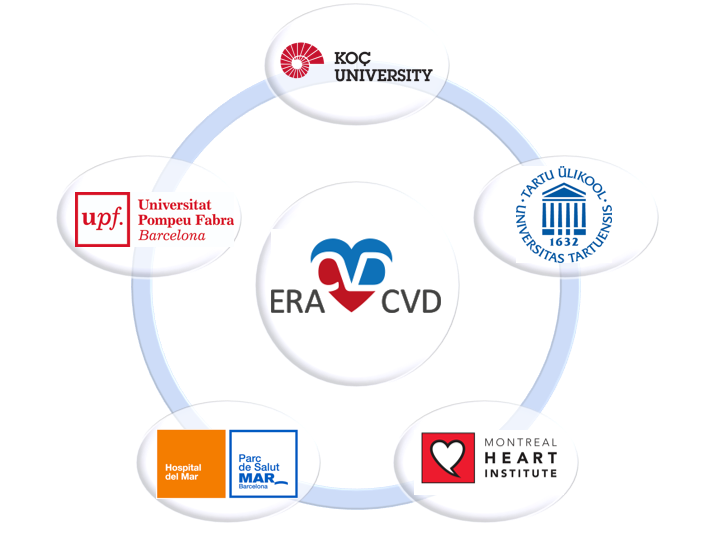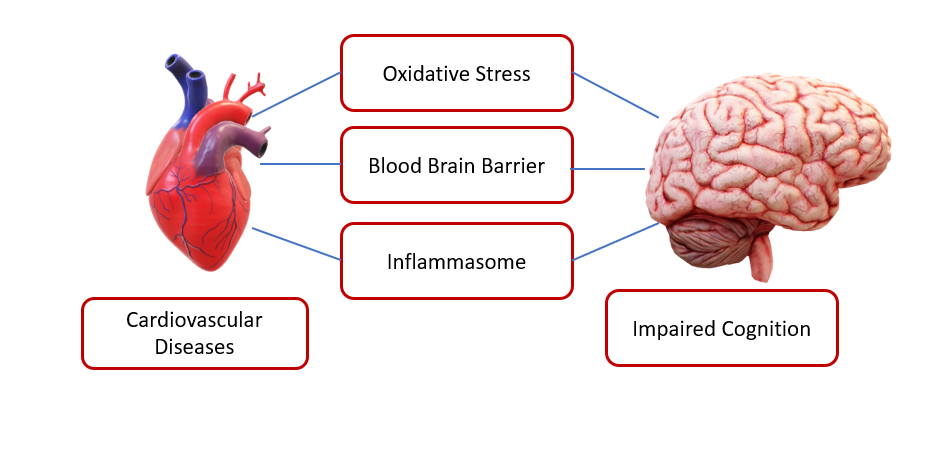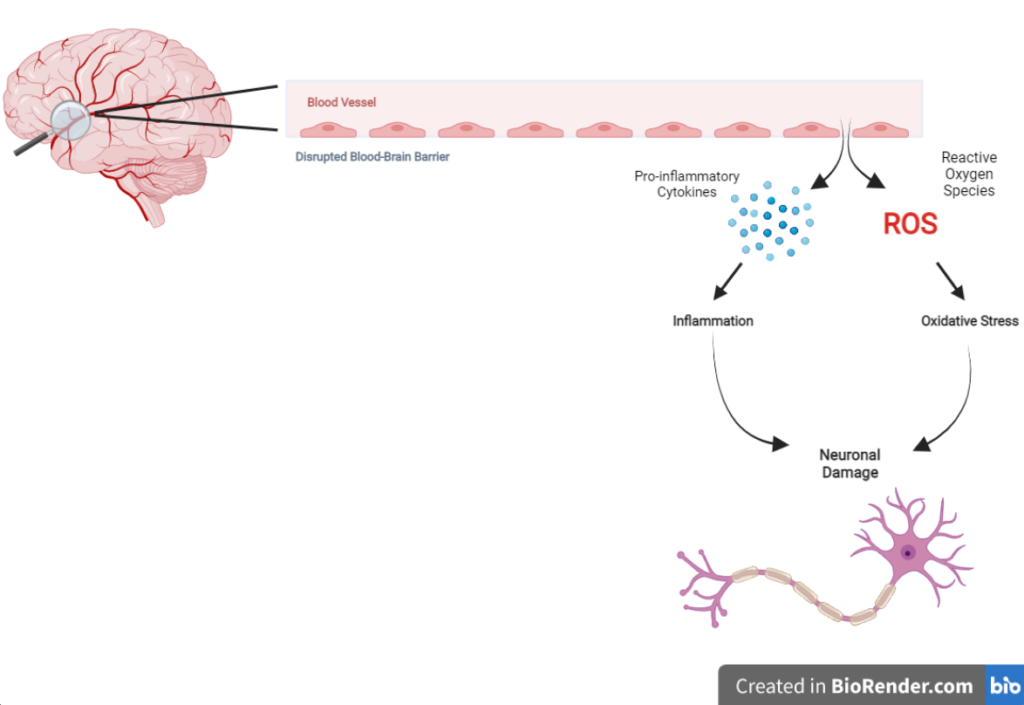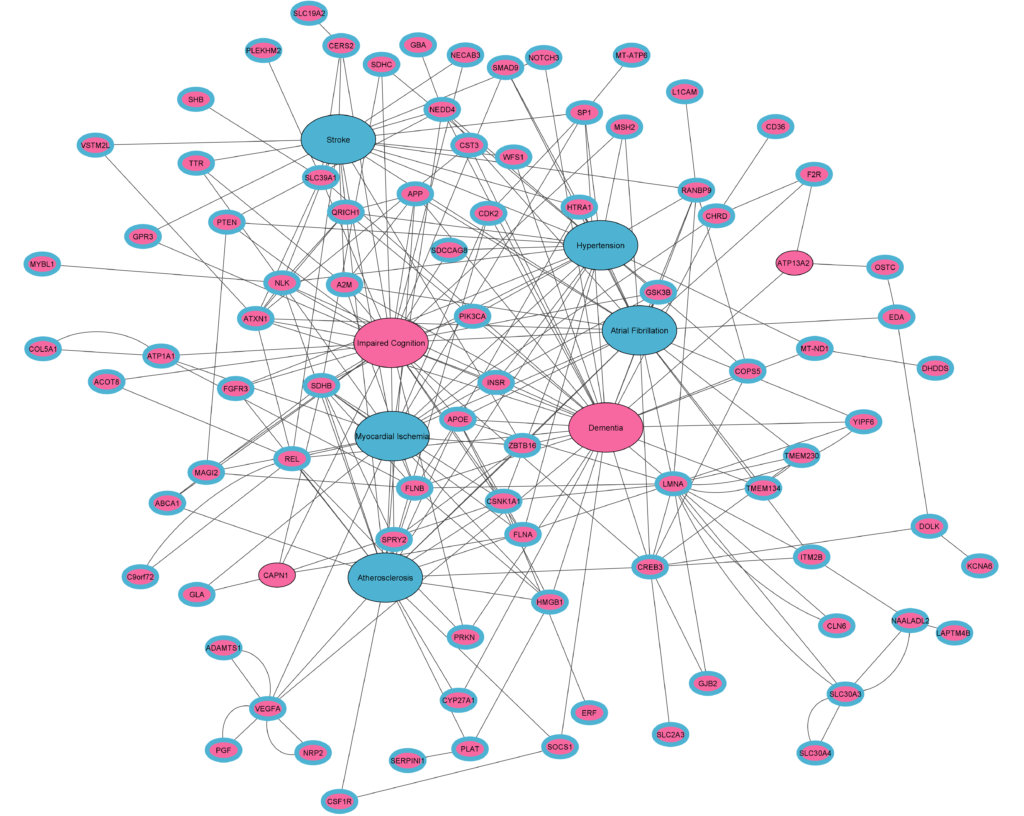Cardiovascular stress impacts on neuronal function: intracellular pathways to cognitive impairment
Vascular Cognitive Impairment (vCI) and cardiovascular disease (CVD) have a strong link, according to mounting evidence. The CardioStressCI project aims to elucidate this linkage by identifying and validating the causative mechanisms between these conditions. Thus, it can help the improvement of diagnosis, prevention and new therapeutic targets against CI, and even CVD preventing its effects on brain function.

CardioStressCI is a research consortium funded by ERA-CVD (European Research Area Network on Cardiovascular Diseases) Joint Transnational Call 2020. Project partners are from Universitat Pompeu Fabra (Spain), Koç University (Turkey), University of Tartu (Estonia), Montreal Heart Institute (Canada) and Hospital del Mar (Spain). As an interdisciplinary project, it combines in vitro research with bioinformatics, systems biology modeling, machine learning, and clinical database analysis.

CVD might affect vCI via several molecular pathways. In this project, we concentrate on proteins involved in oxidative stress, blood brain barrier, and inflammasome for possible molecular crosstalk role in both diseases.

Blood–brain barrier (BBB) breakdown can be defined with endothelial degeneration such that the tight and adherens junctions are lost. Leakage in the BBB has been associated with generation of reactive oxygen species (ROS) and oxidative stress, which can lead to cell death and further disruption of the BBB. Moreover, it has been seen that patients with Alzheimer disease have increased pro-inflammatory cytokine in the brain endothelium. Therefore, pro-inflammatory cytokines and ROS play central role in neuronal damage and cognitive-related diseases (M. D. Sweeney, A. P. Sagare, and B. V. Zlokovic, “Blood–brain barrier breakdown in alzheimer disease and other neurodegenerative disorders,” Nature Reviews Neurology, vol. 14, no. 3, pp. 133–150, 2018).

Our group uses bioinformatics and systems biology approaches to identify proteins and their interactions that might play important role in disease mechanisms. We build molecular networks that will serve as backbones of crosstalk investigation of vCI and CVD diseases. Network-based disease gene prioritization algorithms will be used to rank the relevance of genes in CI and CVD. The PRISM algorithm will be used to build high resolution structural networks to investigate how individual components of these networks might be important in the pathological mechanisms. Our preliminary results unravel protein-protein interaction subnetworks that affect both diseases.
Koç University COSBILAB Project Members:
- Melisa Ece Zeylan
- Simge Şenyüz
- Burcu Özer